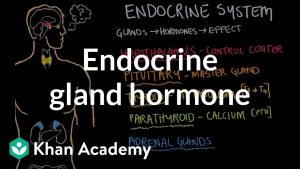Now let’s get to understand some fitness definitions that are important for you. – Aerobic/cardiovascular activity. These are exercises that are strenuous enough to temporarily speed up your breathing and heart rate. Like, running, cycling, walking,swimming, and dancing. – Flexibility training or stretching. This will enhance the range of motion of joints. Age and inactivity tend to cause muscles, tendons, and ligaments to shorten over time. Remember that stretching and warming up are not the same. In fact, stretching cold muscles and joints can make them prone to injury. – Strength, weight, or resistance training. This type of exercise is aimed at improving the strength and function of muscles. Specific exercises are done to strengthen each muscle group. Weight lifting and exercising with stretchy resistance bands are examples of resistance training activities, as are exercises like pushups in which you work against the weight of your own body. – Set. Usually used in discussing strength training exercises, this term refers to repeating the same exercise a certain number of times. For instance, a weight lifter may do 10 biceps curls, rest for a few moments, then perform another “set” of 10 more biceps curls. – Repetition or “rep.” This refers to the number of times you perform an exercise during a set. For example, the weight lifter mentioned above performed 10 reps of the bicep curl exercise in each set. – Warm up. This is the act of preparing your body for the stress of exercise. The body can be warmed up with light intensity aerobic movements like walking slowly. These movements increase blood flow, which in turn heats up muscles and joints so they would be more functional and less prone to injury. – Cooldown. This is the less-strenuous exercise you do to cool your body down after the more intense part of your workout. For example, after a walk on a treadmill, you might walk at a reduced speed and incline for several minutes until your breathing and heart rate slow down. Stretching is often part of a cooldown. – Maximum Heart Rate is based on the person’s age. An estimate of a person’s maximum age-related heart rate can be obtained by subtracting the person’s age from 220. So it you’re 30 years old, your maximum heart rate should be 190. – A way to measure the intensity of your exercise is to check your heart rate or pulse during training. These should be within a target range during different levels of intensity. – A person’s target heart rate should be 50% of his or her maximum heart rate. All the best! Alyaa Gad

Fitness Definitions
- Post author:
- Post published:June 15, 2021
- Post comments:0 Comments
You Might Also Like

BMI Body Mass Index Gone Wrong! and Aspire Higher

Types of Jaundice in Newborn
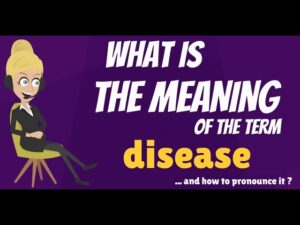
What is DISEASE? What does DISEASE mean? DISEASE meaning, definition, explanation & pronunciation
Complete Blood Count

Anabolic Steroids – History, Definition, Use & Abuse Video – 22

Vitamins Minerals For Health Video – 1

Shockwave Therapy for Erectile Dysfunction Demonstrated and Reviewed

Top 7 Muscle Groups Women Love in Men. Build Muscle Faster DEMO.

FULL FAT LOSS GROCERY HAUL (My Current Diet)
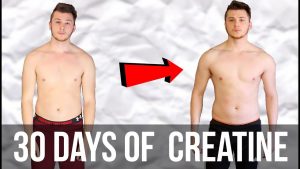
Creatine 30 Day Transformation Before and After | My Experience

What is Human Growth Hormone?
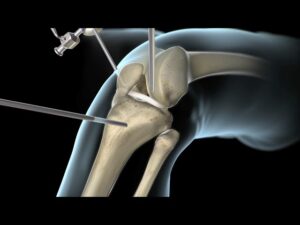
Sports Surgeries Video – 2

The Best Wholefood Vitamin Mineral Supplement – No Synthetics

Reverse back extension

The science behind hair loss
Special Population

The Truth about BCAAs…
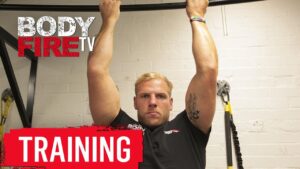
Human Body, Body Building Muscle Building Anatomy Physiology Video – 15

Sprinting Running Video – 4
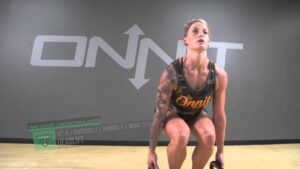
Human Body, Body Building Muscle Building Anatomy Physiology Video – 35

Pre Workout (EXERCISE) SNACK IDEAS! (Hindi / Punjabi)

How to dress for YOUR body type | Justine Leconte

What is BMI? – Understanding Body Mass Index
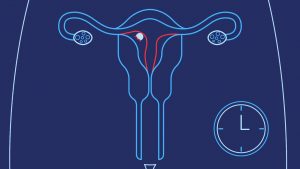
How Do You Get Pregnant? | Planned Parenthood Video
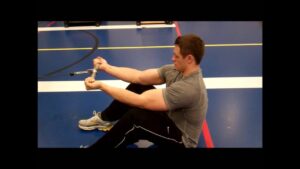
BCS: Straightbar Bicep Preacher Cable Curl Exercise (Advanced Biceps Exercise)

What is a normal kidney function ?

What is Valvular Heart Disease

L-Glutamine for Leaky Gut Syndrome, IBS and Gut Health!
Anemia
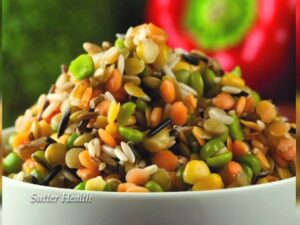
Bodybuilding Nutrition, Diet Recipes & Workout – 1

Healthy diet may reduce, even eliminate, menopause symptoms – In Depth
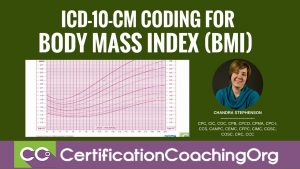
ICD-10 for BMI — Body Mass Index ICD-10-CM Coding

Dementia Video – 1

Digestive System Song

Anorectal Surgeries Video – 3
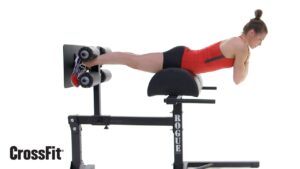
Erector Spinae Back Extension-16
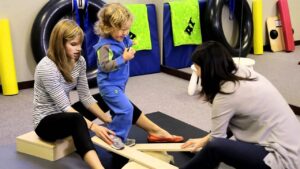
Pediatric Physiotherapy Video – 14
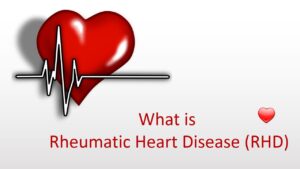
What is Rheumatic Heart Disease (RHD)

Gynecology Video – 1

Incline Bench Press-4
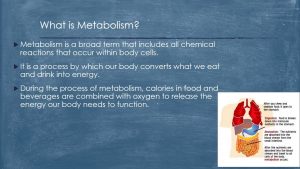
Metabolism, Anabolism, and Catabolism
